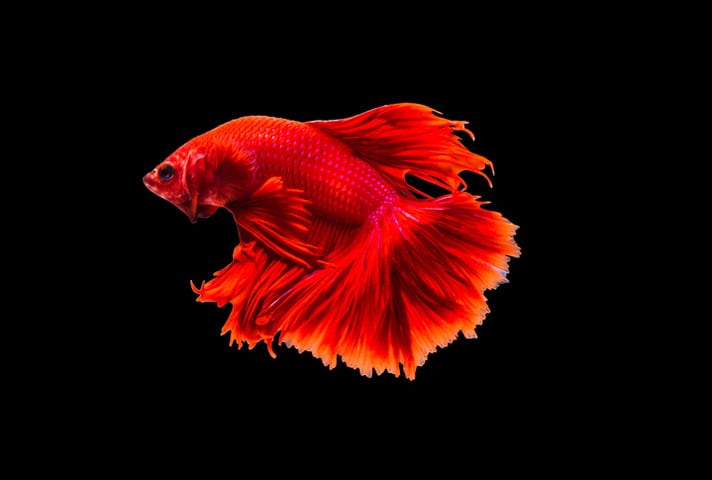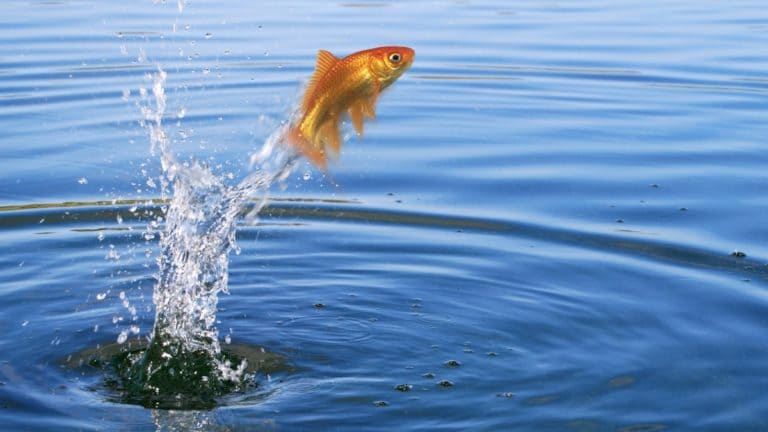A common complaint, especially with new hobbyists, is, “My fish are always hiding.” This statement usually guarantees that the aquarium the fish are being kept in is pretty much devoid of hiding places for the fish. After all, reasons the new hobbyist, if I don’t give the fish any places to hide, then I should be able to see them more often.
Actually, when it comes to fish, the complete opposite is true.
If you want to see your fish more often, you need to give them plenty of places where they can hide and where they can feel secure. With the exception of some really big fish, almost all fish spend much of their time under cover – and they need to know they can quickly get under cover should the need arise.
Loaches, cory catfish and other bottom-dwellers are mostly nocturnal, and you won’t see them much during the day – at least until they learn that food is going to be given during the day, after which you will see them more often.
But still, if the fish don’t have places they can hide and feel secure, they may not come out even when they know food is going to be there. When it comes to schooling fish like tetras, and barbs, gouramis and livebearers (guppies, platies, mollies and swordtails), these fish will usually be out in the open chasing each other, staying in a shoal or just swimming around.
However, if you give fish the cover they like, namely in the form of live plants that form thickets for them to hide in, their behavior will be much more natural. If fish know they have places to dash into if there is trouble, they will feel much more secure about remaining out in the open.
Some fish simply have to have caves for them to hide in – the most common of which are black ghosts and elephantnoses, but any other fish that navigate by echo-location feel most secure if they sense something solid around them.
Fortunately, a “ghost tube” consisting of a piece of 2-inch clear plastic tubing works great and allows you to see the fish. The same is true for many loaches, especially clown loaches. They need places to hide in, and unless you provide them with that, they will try to hide all the time.
Next time you are in a fish store, take a look at what they have for decorations in the aquariums they sell their fish from. If the fish are being kept in bare aquariums, this may not be a place you want to buy your fish from. The fish that need to have shelter will have their colors all washed out, and they will be plastered up in a corner of the aquarium or under fish tank filters – any place they can find a little bit of cover.
On the other hand, in the better fish stores, the aquariums will have some ornaments, plastic plants and maybe even clear plastic or PVC tubes. It may take a little more effort to see the fish in these aquariums (and for them to catch them), but these fish will be happier, healthier and less stressed out than the ones in the bare aquariums.
When fish do not have places to hide, this causes a great deal of stress for them. Without cover, they will be trying to hide all the time and their color will be washed out. They will not be eating because of the stress and will be very susceptible to succumbing to disease and/or parasites. Fish without places to hide will be in very bad health; with plenty of places to hide, they will feel secure, and they will be healthy.
Think about it – if you were a clown loach or a cory catfish, would you rather be out in the open with the lights shining on you or under some cover where you could rest a bit and feel secure?
Posted by: Chewy Editorial
Featured Image: Via Daniel McDermott/Flickr
Share:









